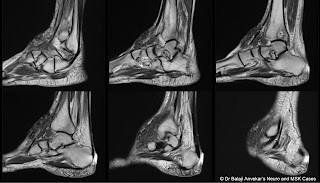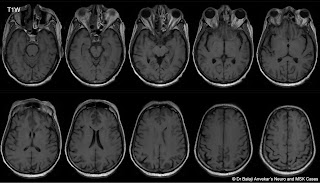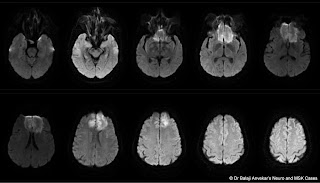Validation of the Connecticut olfactory test (CCCRC) adapted to Brazil.
Braz J Otorhinolaryngol. 2020 Nov 06;:
Authors: Fenólio GHM, Anselmo-Lima WT, Tomazini GC, Compagnoni IM, Amaral MSAD, Fantucci MZ, Peixoto PPL, Guimarães AF, Guimarães RES, Sakano E, Valera FCP, Tamashiro E
Abstract
INTRODUCTION: Olfactory changes are quite common in the population, causing a significant impact on the quality of life. Documentation of the olfactory function is essential for the diagnosis, treatment and follow-up of patients with inflammatory diseases of the upper airways, neurodegenerative diseases or viral infections. Among the different existing smell tests, the CCCRC is an inexpensive test, easy to apply, but it has not yet been evaluated on a large scale in the Brazilian population.
OBJECTIVE: To validate the CCCRC smell test, after adaptation for the Brazilian population, evaluating the performance of healthy volunteers and the stability of the test in retests.
METHODS: In this study, we carried out a cultural adaptation of the CCCRC test to Brazil. To validate and determine the normality scores, we applied the test to 334 healthy volunteers, aged >18 years of age. The retest was also carried out in up to four weeks on 34 additional volunteers to assess validity of the results.
RESULTS: When evaluating the participants' performance, normosmia and mild hyposmia values were obtained in more than 95% of them. Women (58.4%) showed better accuracy than men (41.6%): p<0.02, and individuals over 60 years of age showed worse performance (median: 6; 75th percentile: 6.5; 25th percentile). The test and retest of the 34 volunteers demonstrated that there was agreement (ICC, intraclass correlation coefficient) considered good in the left nostril (ICC=0.65) and excellent in the right nostril (ICC=0.77) in the combined score.
CONCLUSION: The CCCRC test adapted to Brazil showed normal values, similar to the originally-described test and validations in other countries, with a high reproducibility rate. Considering the highly favorable cost-benefit ratio, the adapted CCCRC is a very useful tool for measuring olfactory function in the Brazilian population.
PMID: 33272838 [PubMed - as supplied by publisher]










